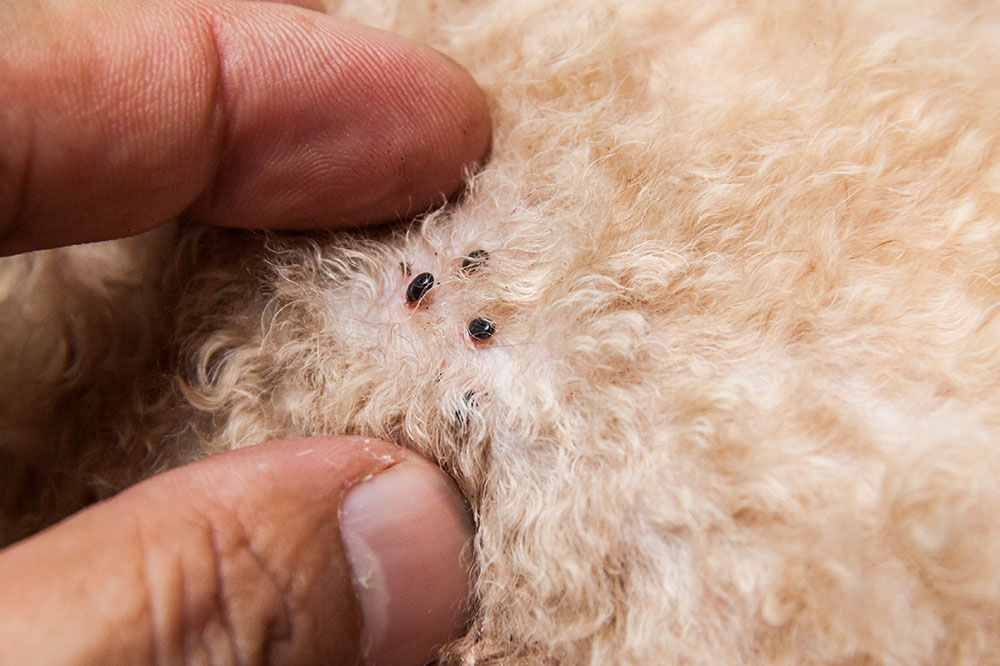
4 Foods That Repel Fleas and Ticks in Pets
Parasites like fleas and ticks can be a menace to pets. It is one of the most persistent problems that need special attention. Overlooking fleas and tick infestation can be harmful to your pet’s health. While there are medications that can be ingested by pets and medicinal collars that keep fleas and ticks off, the following foods can also be included in the meals to keep blood-sucking parasites at bay.
1. Garlic
It is one of the most effective fleas and ticks repellents on your pets. However, some pet owners may be apprehensive about feeding their pets garlic, as they think it can harm them. Many vets suggest that garlic is harmful to pets only if eaten in copious amounts at once. Experts also suggest that the garlic dose also depends on the size of the pet, especially dogs. They recommend that one can feed them anywhere from as little as half a clove to two cloves of garlic without worrying about any side effects. However, it is essential to remember never to feed them more than two cloves irrespective of their size. Also, it is found that cats are hypersensitive to garlic, so you must not add it to their meals.
2. Citrus juice
Citrus juice is typically used as a daily flea and tick repellent on pets like dogs and cats. It is one of the most inexpensive techniques to prevent flea and tick infestation. While citrus juice can be diluted with water and applied topically, you can also add a couple of drops in their water bowl. From lemon, orange, to grapefruit, you can choose any easily available fruit. However, make sure to not go overboard with the citrus juice as pets may stop drinking from the water bowl due to the citrusy smell of water.
3. Apple cider vinegar
It is yet another one of those foods that can be used as a topical remedy and can also be ingested safely in pet food. Apple cider vinegar is abundant in essential minerals, nutrients, and vitamins to help maintain the pH levels naturally. Apart from this, apple cider vinegar can be mixed with some water and salt and applied topically on the skin. This makes the pets’ skin more acidic in texture, thus repelling flea and ticks’ infestation. It is important to note that fleas cannot survive on hostile surfaces irrespective of their life cycle.
4. Brewer’s yeast
This is an effective supplement that can be used against blood-sucking parasites like fleas and ticks. Vets suggest that one teaspoon of nutritional brewer’s yeast in pets’ daily food for approximately every 30 pounds of weight can help fight flea and tick infestation. Apart from this, you can also give your pets B complex vitamins once or twice daily, depending on their size.



